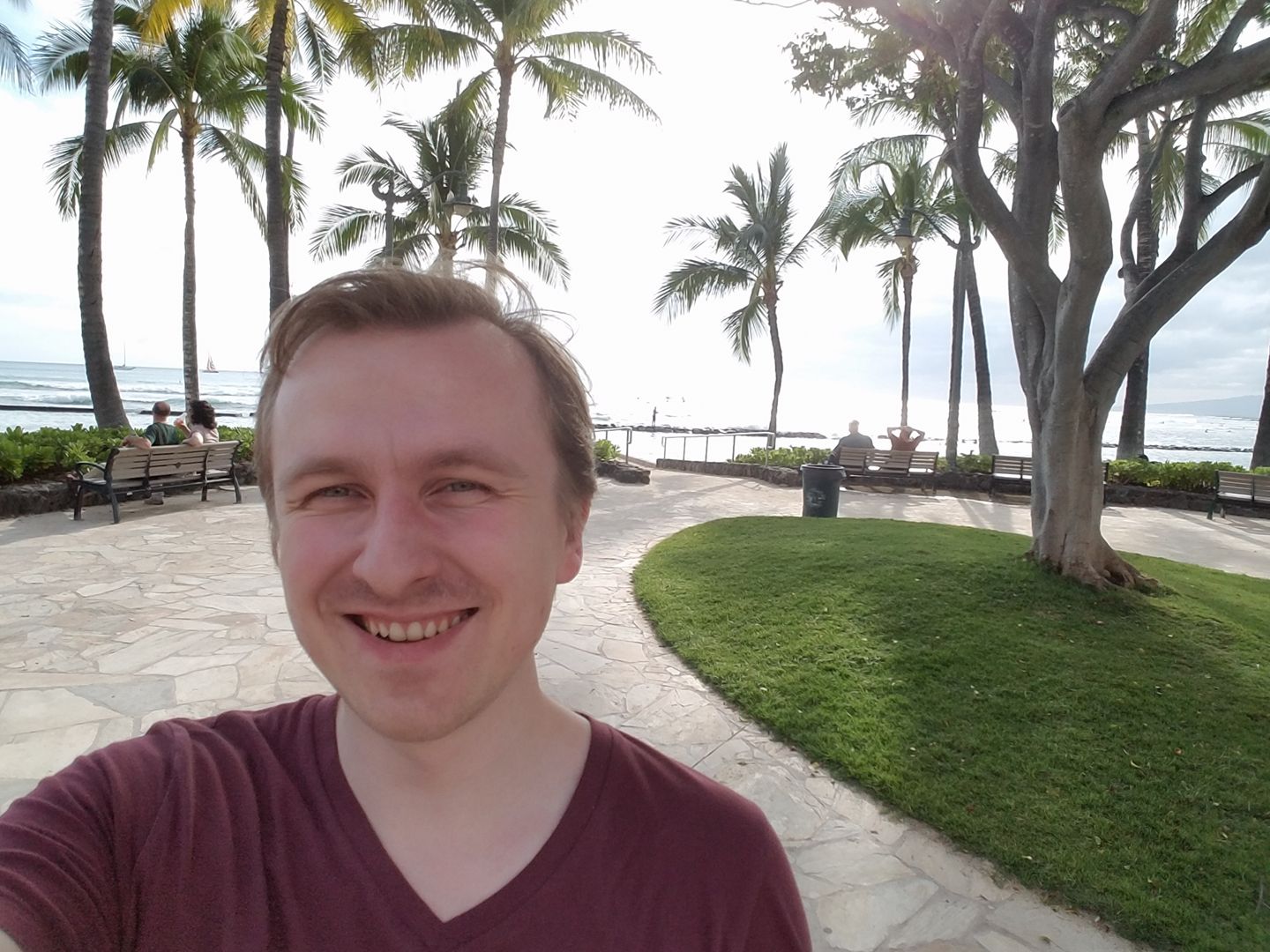
Monthly AI Seminar Synopsis: Using AI to Optimize Cancer Treatment
Featuring Risa Wolf, Tinglong Dai, Shubhranshu Singh
Meeting Summary for HBHI Workgroup on AI and Healthcare (April 11, 2025)
The Hopkins Business of Health Initiative (HBHI) Workgroup on AI and Healthcare held a seminar featuring Dr. Krzysztof J. Geras, Co-Founder and Chief Scientific Officer of Ataraxis AI and Assistant Professor of Radiology at NYU Grossman School of Medicine. Dr. Shubhranshu Singh, Associate Professor at the Johns Hopkins Carey Business School and Krieger School of Arts & Sciences, served as the discussant. The session explored the frontiers of artificial intelligence in cancer treatment, focusing on self-supervised learning, foundation models, and causal inference.
Drs. Tinglong Dai and Risa Wolf, co-chairs of the HBHI Workgroup, opened the seminar by emphasizing the critical need to bridge AI development and clinical impact in oncology. They introduced this as the workgroup's first session specifically focused on cancer.
Foundation Models and the Limits of Supervised Learning
Dr. Geras began by highlighting the limitations of supervised learning in medicine, where labeled datasets are expensive and time-consuming to construct. He pointed out that vast amounts of histopathology data exist in the public domain, yet most of it remains unlabeled and inaccessible to standard AI workflows.
To overcome this, his team uses self-supervised learning (SSL) techniques to train "foundation models" on large unlabeled datasets. These models can later be fine-tuned for specific clinical tasks using minimal labeled data. He provided the example of DINO, a model that trains networks to recognize the same object across augmented versions of an image. This process enables rich feature extraction from image patches, which can then be aggregated for patient-level predictions.
Clinical Application: Breast Cancer Recurrence Prediction
Dr. Geras presented a detailed case study on Ataraxis AI's foundation model, Castro, trained on 10 cohorts and tested on 5 others, encompassing approximately 5,000 breast cancer patients. The model stratifies patients into high- and low-risk recurrence groups and outperforms or matches the widely used Oncotype DX test across several endpoints. Importantly, the model achieves strong calibration with 10-year recurrence curves and performs consistently across clinical subtypes and institutional settings.
The model uses a multi-modal approach: embeddings from histopathology slides are combined with clinical data to generate time-to-event predictions. Despite not being explicitly trained on certain endpoints, the model shows robustness across tasks such as mutation prediction, pathological complete response, and microsatellite instability classification.
From Prognostic to Predictive Modeling
While the current model is prognostic—estimating recurrence risk—Dr. Geras outlined his team’s next goal: to build predictive models that estimate the individual treatment effect (ITE) for each patient. This step is essential for achieving personalized oncology. Predicting ITEs requires embedding scientific priors, addressing selection bias, and dealing with observational data—core challenges also found in economics and social sciences.
Discussion: Domain-Agnostic Learning and Broader Implications
Dr. Singh reflected on the implications of Geras’ work beyond medicine. Drawing on his background in materials science and physics, he compared cancer progression to defect propagation in mechanical systems. He noted that the same models may hold value in other scientific domains. He also encouraged quantifying real-world impact in ways that can influence hospital adoption and policymaking.
Q&A: Key Questions from Attendees
Dr. Antonio Trujillo asked about the economic constraints to scaling AI in oncology. Dr. Geras emphasized that compute costs are declining, but data acquisition remains the main bottleneck. Many hospitals lack digital infrastructure in pathology, with physical slides still being stored off-site. He highlighted the need for better data organization and the role of startup success in attracting capital to solve this challenge at scale.
Dr. Gordon Gao asked whether longitudinal histopathology data could support the construction of "world models" to simulate tumor growth. Dr. Geras responded that while the idea is promising, data scarcity and lack of modeling standards currently limit its feasibility. He underscored the need to embed mechanistic insights into AI models to move beyond pure correlation.
Dr. Qihong Liu raised the question of how AI could predict causal effects of treatment from observational data. Dr. Geras explained that this is a key challenge and an area of active research at Ataraxis. He noted that medicine has an advantage over economics in having access to clinical trial data for model validation, but causal inference from routine data remains complex due to treatment heterogeneity and data quality.
Closing Remarks
The seminar highlighted the promise of foundation models in making oncology more personalized and data-driven. It also raised broader questions about infrastructure, interdisciplinary collaboration, and the need to bridge AI innovation with practical impact.
Drs. Dai and Wolf concluded the seminar by thanking the speakers and attendees for a rich discussion.
